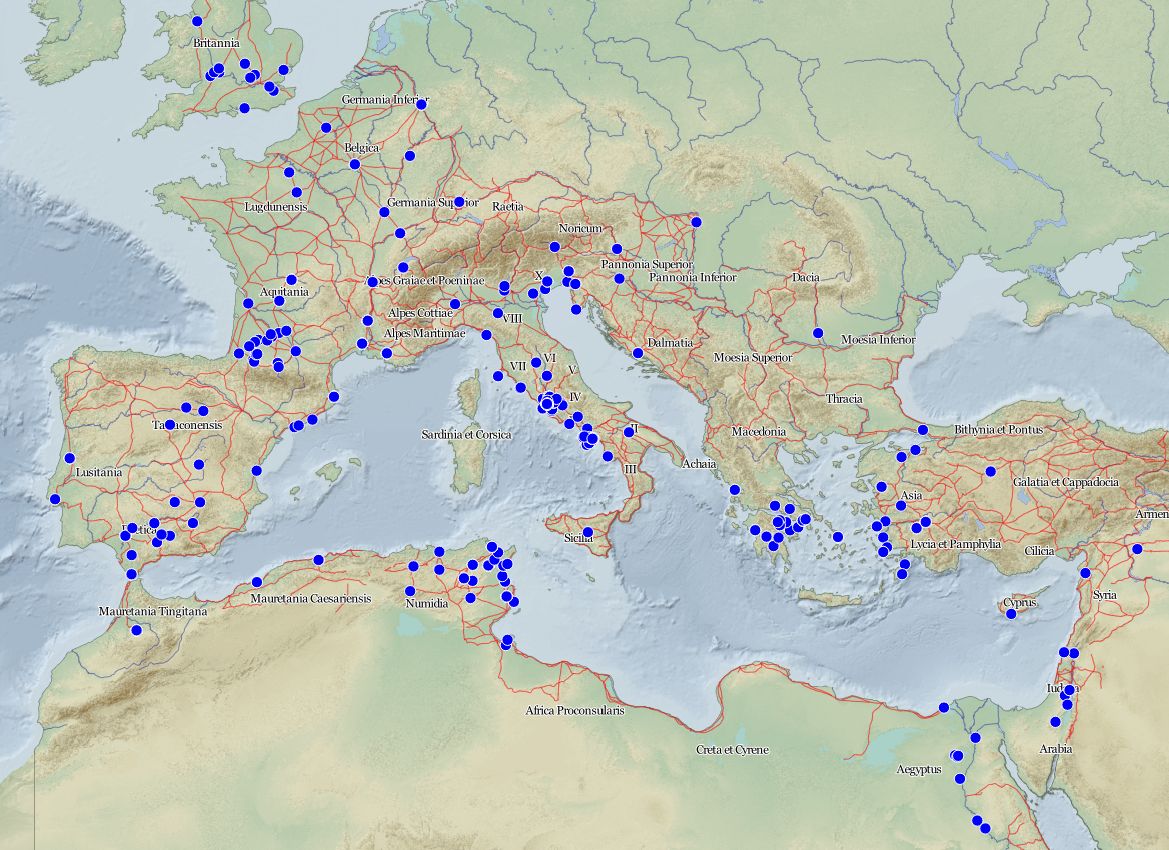Welcome to the Gardens of the Roman Empire
The peoples of the Roman Empire conducted their lives outdoors in gardens, parks, groves, tomb gardens and other designed environments. Whether created by highly skilled topiarii such as the freedman Tiberius Claudius Turiscus in Rome, by an anonymous team of gardeners and trainees at a tomb in Andematunum, Germania, or by a shopkeeper in Pompeii, gardens have left material traces discoverable from archaeological digs, in literature, paintings, inscriptions, or coins.
We present this evidence for the garden culture of the Roman Empire in a searchable encyclopedic format. Scholars, students, and the interested public internationally can explore a wide array of topics to address contemporary questions about imperial power, daily life, the environment, garden art, and religion across the diverse cultures of the Roman world.
Beta!
We are launching the GRE website in a beta format. As a legacy project, our goal is to share the original text prepared by Wilhelmina Jashemski and her editorial team, and develop this site in collaboration with our readers. We invite you to test out the entries and join us to make this a great resource in content and function! We will also be seeking new garden entries. To give feedback, submit an entry, or join us, visit the contribute page.

